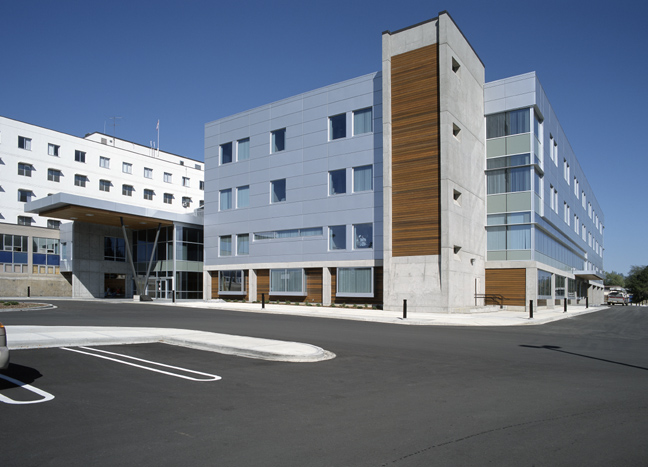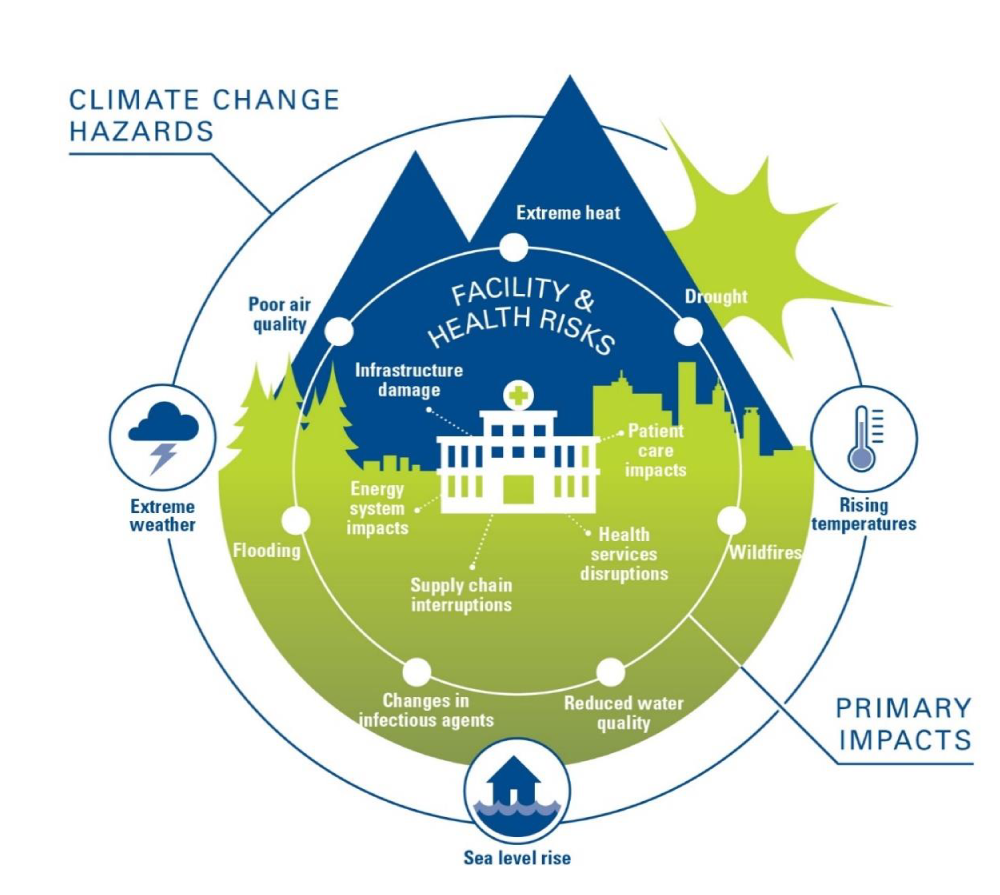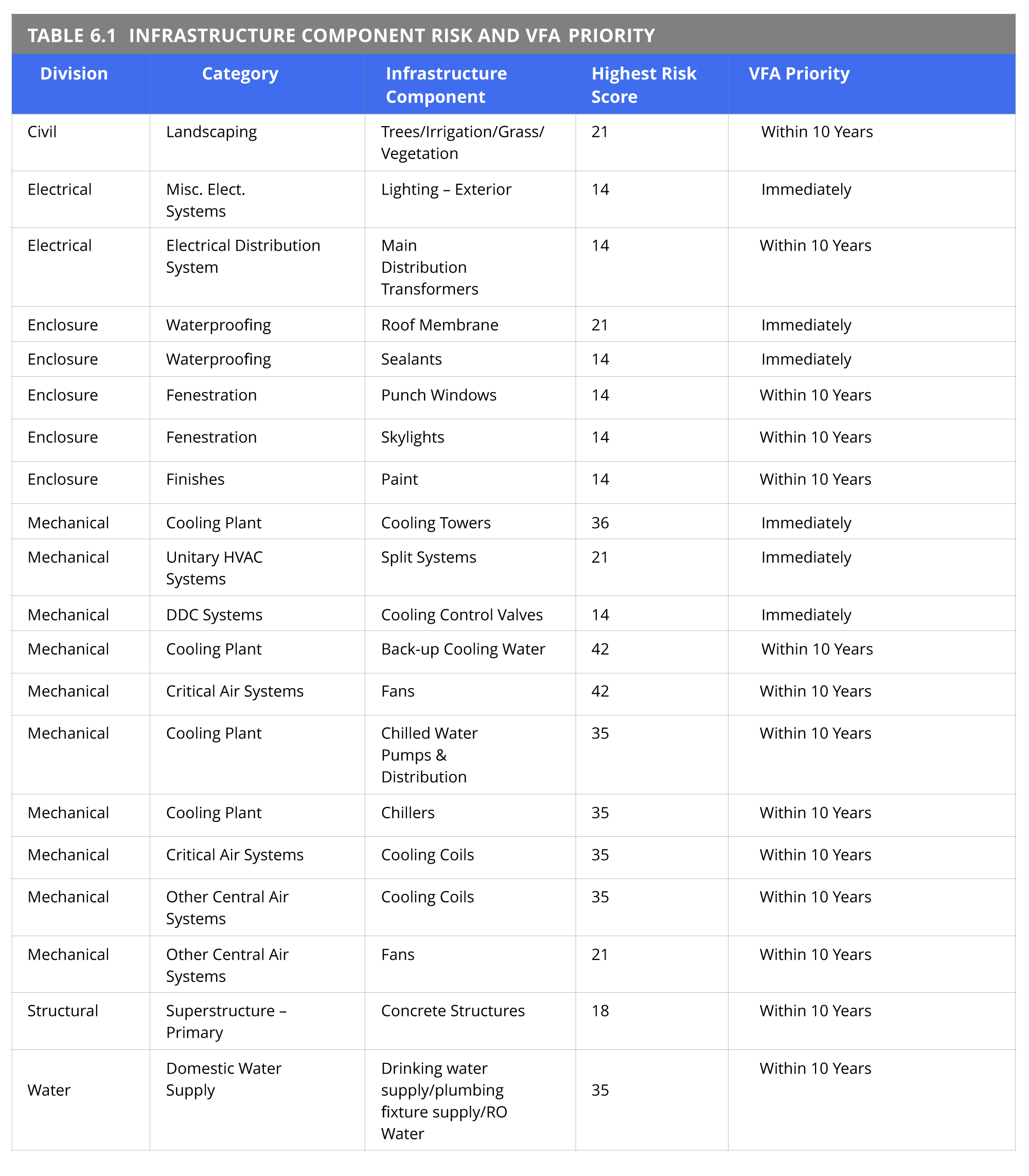A look at British Columbia hospitals
Unprecedented high temperatures, forest fires and the floods of 2017 and 2018 in British Columbia have created a “new climate reality” for essential infrastructures, including hospitals4. As climate changes, hospitals may be subject to climate conditions and loads that they were not designed for. It is important, therefore, to account for future climate conditions when assessing building resiliency, maintenance, and future renewals, retrofits and additions5.
That is why two recent studies conducted in British Columbia assessed the impacts of climate change on hospitals in Nanaimo5 and the Vancouver Coastal Region4. Based on climate scenarios, they identified factors that may place new pressures on infrastructure over the coming decades.
Nanaimo Regional General Hospital
A working group at the Nanaimo Regional General Hospital used a comprehensive climate risk assessment matrix. This work consisted of identifying potentially vulnerable infrastructure systems, determining possible climate change-induced effects on relevant climate parameters, and developing a risk rating for each possible interaction. The study does not evaluate the risks posed by the current climate, but instead focuses on the new vulnerabilities caused by climate change, as projected from climate models out to the year 2050 produced by the Pacific Climate Impacts Consortium (PCIC).
The study shows that, with the increased temperatures projected for 2050 in the Nanaimo region, the hospital’s cooling plant and critical ventilation systems (e.g. operating room, intensive care unit, etc.) will be particularly vulnerable due to increased thermal loads on buildings and atmospheric pollution from forest fires.
Drier summers and warmer temperatures will also add pressure to domestic water systems that provide not only potable water, but water used in some mechanical cooling systems.
Vancouver region hospitals (Vancouver Coastal Health – Lower Mainland Facilities)
Using climate scenarios produced by the PCIC for several sites, including the Lions Gate, Squamish and Richmond hospitals, the study concludes that maintaining comfortable indoor temperatures and air quality will be a major challenge for patients and staff in older facilities. In addition, heavy rainfall management will be more difficult due to greater storm intensity and risk of surface flooding.



